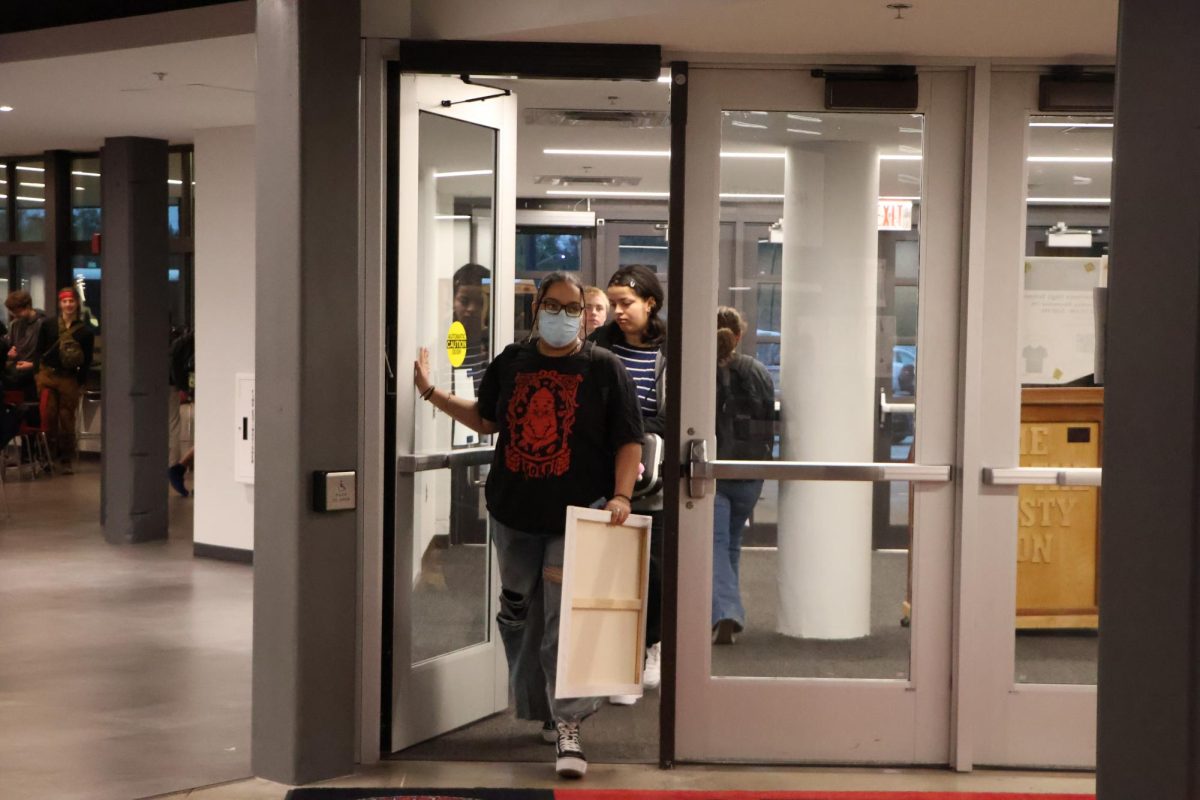Whether you’re an administrator, teacher or student, attendance has been a constant issue in education.
However, after the COVID-19 pandemic, these issues have increased throughout the United States. In fact, the national chronic absenteeism rate reached a height of 30% during the 2022 school year, according to an analysis by Attendance Works. This percentage is concerning to those in education, especially when compared with the rate in 2019 (16%). Increased absences after the pandemic at LHS in particular are further confirmed by assistant principal Mark Preut.
“Some people were completely remote,” Preut said. “I think people got used to the flexibility, the openness of doing school without being in school in a classroom and all of that,” Preut said.
Although there are many reasons why students could be chronically absent, it still has a wide variety of ripple effects.
“The primary impact on students is that missed classes is a missed opportunity to learn and often leads to less learning and lower grades,” assistant principal Greg Farley said. “The impact on teachers is increased time spent working with students who have missed class on learning the course content.”
However there are some instances when absences are out of students’ control, according to social worker Lynisha Thomas.
“We try to be preventative, try to talk to the students prior to it getting too bad and figure out if there’s any barriers involved, if there’s transportation issues, maybe they’re taking care of a parent or helping take care of the younger siblings and getting them to school as well,” Thomas said. “That might be the reason why they’re tardy or unexcused or not in the building.”
This can occur because of outside responsibilities or health issues, and one LHS student described the impact of these circumstances.
“Attendance and truancy has always been a really big problem for me because I have things that make me sick,” said Chandler, an LHS student for whom The Budget isn’t using their full name because of the nature of the story. “So when I get sick, my body likes to shut down, therefore I have to stay home.”
There are also longer-term impacts for students brought about by chronic absenteeism.
“The long-term impact on students is that some students may not graduate, or may not have learned/developed the skills/knowledge needed to compete in a competitive job market,” Farley said.
LHS administrators plan on responding to the attendance issue quickly.
“A lot of it is emphasizing it,” Preut said. “Emphasizing it with staff to get accurate attendance, emphasizing it with students, making it a focus, looking at the data and disaggregating the data by our subgroups to see which subgroups are more likely to be absent compared to other subgroups, and then trying to understand why that is and how do we address it.”
Thomas is hopeful for more consistent attendance, but is concerned about the challenges that administrators may face.
“I feel like they can only do so much,” Thomas said. “If they’re absent, they can’t do anything. The teachers can’t teach and neither can the admin so if they aren’t actually physically in the building, we can’t do anything.”





